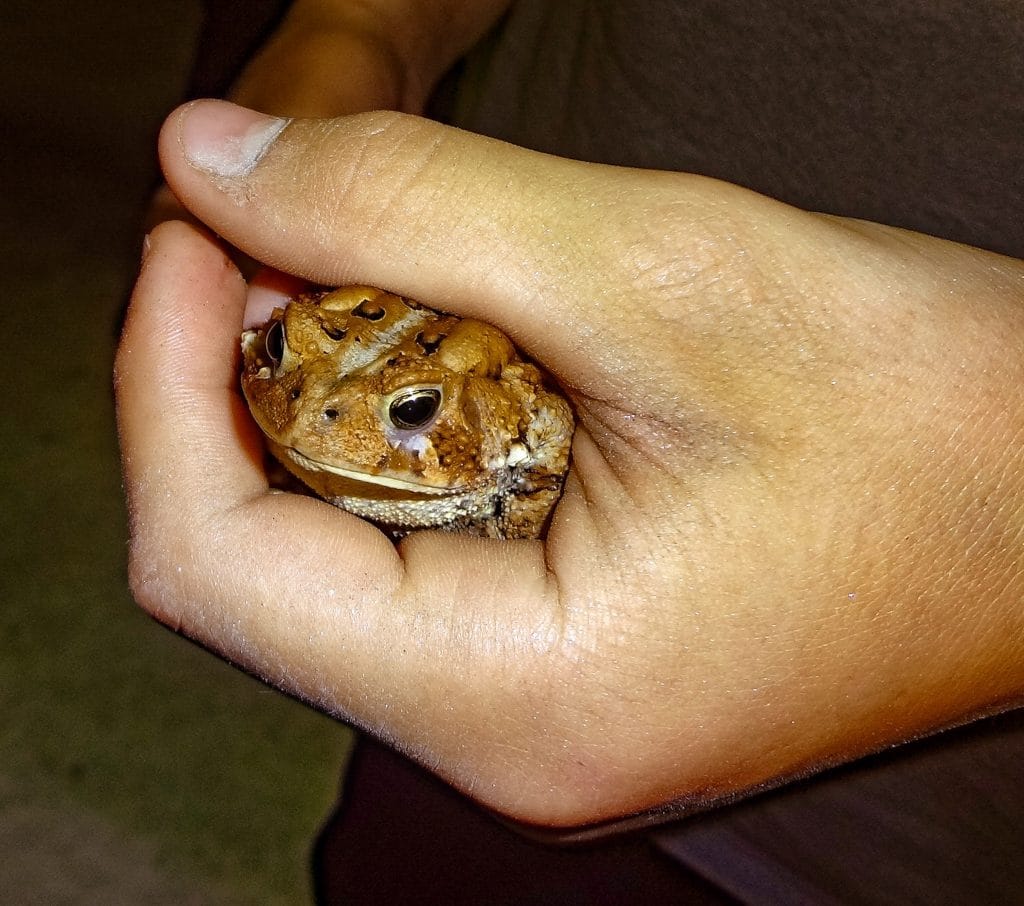Debunking the Age-Old Myth of Frog Warts
Step into the world of frogs and let’s address the age-old rumor that they cause warts. This myth has persisted for centuries, but it’s time to separate fact from fiction. Let’s explore the science of viruses and froggy skin to uncover the real culprit behind those pesky bumps and discover the fascinating truth about these amphibians.
What Happens If a Frog Touches Your Skin?
Imagine yourself on a nature walk, and you spot a frog perched on a leaf. Curiosity might tempt you to reach out for a touch, but then that old wives’ tale pops into your head: will touching a frog give you warts? Let’s put that worry to rest and explore what really happens when you come into contact with a frog.
Frogs and Warts: Separating Myth from Reality
First and foremost, let’s debunk the wart myth once and for all. Frogs cannot give you warts. Warts are caused by a virus, specifically the human papillomavirus (HPV), and frogs simply don’t carry this virus. The myth likely arose from the bumpy skin texture of some frog species, which can resemble warts. However, these bumps are actually glands, entirely harmless and not contagious.
“Yes, it is a myth that frogs can give you warts,” states America’s Wildlife Control. “Warts are caused by the human papillomavirus (HPV), which is specific to humans and cannot be transmitted from animals like frogs. The misconception may have originated from the bumpy texture of a frog’s skin, which resembles the appearance of warts. However, direct contact with frogs or their skin does not cause warts in humans.”
Potential Skin Reactions and Bacterial Risks
While warts aren’t a concern, interacting with frogs does come with other considerations. Some frogs secrete substances from their skin that can irritate human skin. This might result in mild redness, itching, or a slight rash, similar to a mild allergic reaction.
“Although some skin secretions of some amphibians may irritate your skin and cause a rash,” says Savanah Wildlife Control, it’s important to note that serious reactions are rare.
Furthermore, frogs, like many animals, can carry bacteria on their skin, including Salmonella. While not a guaranteed risk, it’s a good reminder to thoroughly wash your hands with soap and water after any interaction with amphibians.
“Some frogs and toads secrete toxins from their skin, and even healthy amphibians can have harmful bacteria, including salmonella, on their skin, ” adds Savanah Wildlife Control.
The Importance of Safe Handling
While most frog encounters won’t lead to health issues, responsible interaction is key. Here are some guidelines:
- Wash Your Hands: Always wash your hands thoroughly with soap and water after handling a frog, even if you didn’t touch its skin directly.
- Avoid Touching Your Face: Refrain from touching your face, especially your eyes, nose, and mouth, after handling a frog to prevent accidental transfer of bacteria.
- Consider Gloves: If you need to handle a frog, wearing gloves can provide an extra layer of protection.
- Minimize Handling: Limit the duration of handling to minimize stress on the frog and reduce the risk of transmitting any potential pathogens.
- Admire from a Distance: Whenever possible, enjoy observing frogs in their natural habitat without disturbing them.
How Do You Get Rid of Warts?
If you do happen to have a wart, rest assured it’s not from a frog. Warts are incredibly common and usually nothing to be overly concerned about. Here’s what you need to know:
- Cause: Warts are caused by the human papillomavirus (HPV), a virus that only infects humans.
- Transmission: HPV spreads through direct skin-to-skin contact or contact with contaminated surfaces.
- Treatment: Numerous effective wart treatments are available, ranging from over-the-counter remedies to dermatologist-administered procedures. Consult a healthcare professional for guidance on the best course of action.
Is It Safe to Pick Up a Frog?
The question of whether or not it’s safe to pick up a frog has a nuanced answer. While the fear of getting warts is unfounded, there are valid reasons to exercise caution when handling these creatures.
Balancing Curiosity with Responsibility
Touching a frog won’t give you warts, but it could lead to other skin irritations or, in rare cases, bacterial infections. The bumpy skin of frogs and toads isn’t contagious; it’s made up of glands that often secrete important substances, not wart-causing viruses.
While most frogs are harmless to touch, always wash your hands thoroughly after handling them to minimize the risk of bacterial transmission. Some frog species secrete toxins as a defense mechanism, highlighting the importance of knowing which frogs are safe to handle.
Protecting Yourself and Amphibians
Here’s a guide to ensure a safe and enjoyable experience for both you and our amphibian friends:
- Understand the Risks: Educate yourself about the potential risks associated with handling frogs, including skin irritations, bacterial infections, and toxins.
- Know Your Frogs: Research the specific frog species you might encounter in your area and be aware of any potential dangers.
- Prioritize Hygiene: Always wash your hands thoroughly before and after any interaction with a frog.
- Choose Observation Over Handling: Whenever possible, opt to observe frogs from a safe distance without disturbing them.
- Respect Wildlife: Remember that frogs are wild animals and should be treated with respect and care.
Exploring the Fascinating World of Frogs
Debunking myths about frogs opens the door to appreciating these incredible creatures. Here are some resources to further your understanding:
- Do bearded dragons hibernate?: Learn about the hibernation habits of bearded dragons and how to care for them during the colder months.
- Do blue jays migrate?: Delve into the migratory patterns of blue jays and the reasons behind their seasonal travels.
By understanding the truth about frogs and warts, we can foster a greater appreciation for the natural world and ensure the well-being of both humans and amphibians.
















